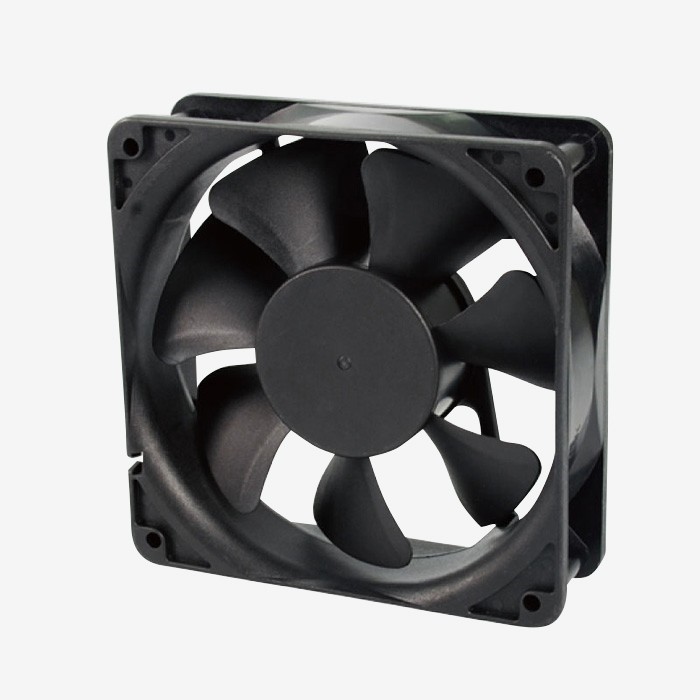Learning Classroom
Fans are an Irreplaceable Aid to Heat Dissipation
Fans are an Irreplaceable Aid to Heat Dissipation

In the history of electronic cooling, the fan is still an active cooling component that cannot be superseded and is a so-called necessary evil. The entry barrier for fans is not high, but it is not easy to do well, with an estimated volume of around 8 billion units/year produced worldwide. A fan is a rotating mechanism that converts electrical energy into rotational kinetic energy, which is transferred into the fluid through the direct action of the fan blades to generate airflow and achieve forced convection and heat transfer.
In terms of application, we can broadly divide them into two categories: axial and centrifugal. The main difference between the two is that in the former the direction of flow is parallel to the direction of the rotating blade axis, whereas in the latter the direction of flow is perpendicular to the rotating blade axis. Axial fans are widely used for cooling tools such as CPU cooling fans, power supply cooling fans, projector cooling fans and many more. Thus, the performance of a fan is the most basic factor in determining the performance of thermal dissipation, and the performance of a fan is dependent on many parameters, such as airflow, static pressure, noise, reliability, etc. Therefore, when selecting a fan, it is important to know the correct and complete performance curve to determine if the fan's operating area meets the system's needs and provides a high-quality source of airflow. Conversely, if a complete performance curve and impedance curve is not available, it is not possible to determine airflow, air pressure and whether the fan's area of instability is being avoided.
 |
Author Professor Wei-Keng Lin Education|Ph.D., University of Maryland Occupation|Professor, National Tsing Hua University Specialty|Electronic package heat dissipation, Heat pipe, Loop heat pipes(CPL,LHP,PHP), Energy-saving design, Solar heat storage and cooling, Heat flow system, Cooling of electronic components, Two-phase flow, Heat transfer elements of artificial satellite and high-altitude flying object |
